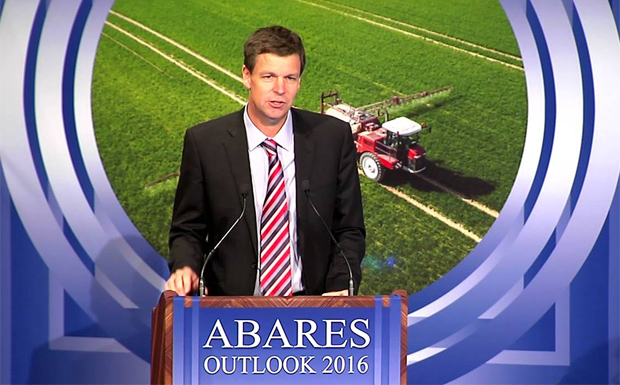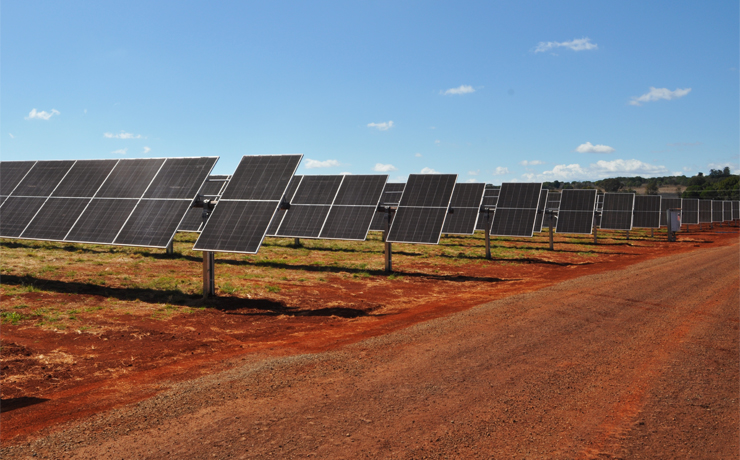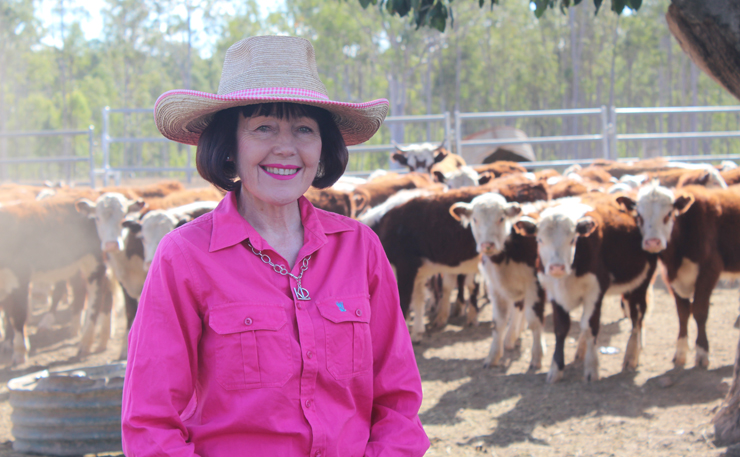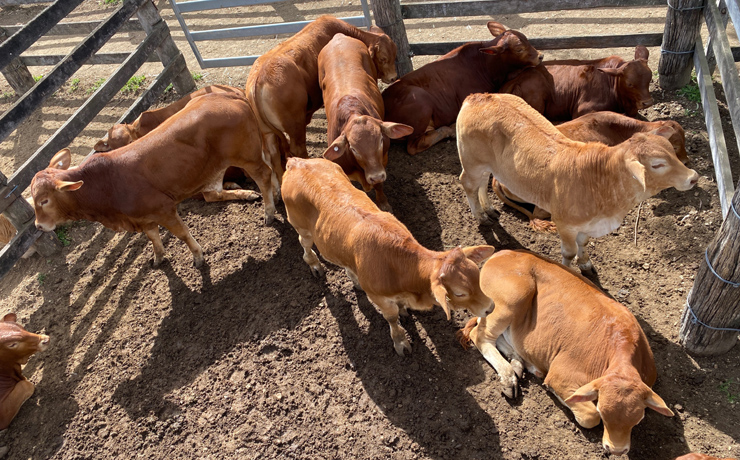
June 20, 2017
The gross value of Australian farm production is forecast to dip by 4.6 per cent to $59.9 billion in 2017–18, following last year’s record-breaking returns.
The Australian Bureau of Agricultural and Resource Economics and Sciences’ (ABARES) agricultural commodities report for the June quarter was released on Tuesday.
The report finds the gross value of farm production in 2017–18 is tipped to be 9 per cent higher than the average of $55 billion over the five years to 2016–17.
Acting ABARES executive director Peter Gooday said that despite the forecast decline the outlook for this year was positive, up almost $5 billion compared with the five-year average.
“The gross value of livestock production is forecast to increase by 3.5 per cent to $30.2 billion in 2017–18, driven by forecast increases in prices for livestock products, particularly wool and dairy,” Mr Gooday said.
“Export earnings from farm commodities are forecast to remain relatively unchanged at $48 billion in 2017–18.”
The agricultural commodities for which export earnings are forecast to rise in 2017–18 are beef and veal (up 4 per cent), wool (6 per cent), dairy products (14 per cent), cotton (34 per cent), wine (5 per cent), lamb (4 per cent), live feeder/slaughter cattle (3 per cent) and rock lobster (2 per cent).
The forecast increase in export earnings in 2017–18 is expected to be partly offset by expected declines for wheat (down 3 per cent), sugar (7 per cent), coarse grains (23 per cent), canola (19 per cent), chickpeas (44 per cent) and mutton (5 per cent).
Mr Gooday said export earnings for fisheries products were forecast to increase by 1.2 per cent in 2017–18 to $1.5 billion.
“In Australian dollar terms, export prices of wool, wine, lamb, barley, cheese and mutton are forecast to increase in 2017–18,” Mr Gooday said.
“Export prices for beef and veal, sugar, canola, live feeder/slaughter cattle, chickpeas and rock lobster are forecast to fall, with export prices for wheat and cotton forecast to remain relatively unchanged.”

























